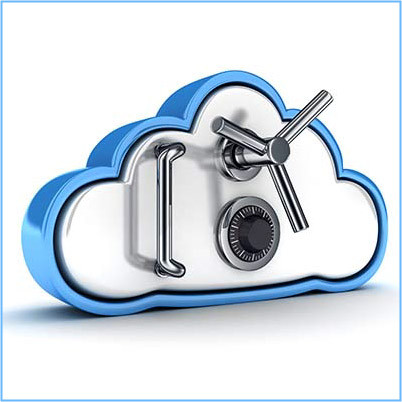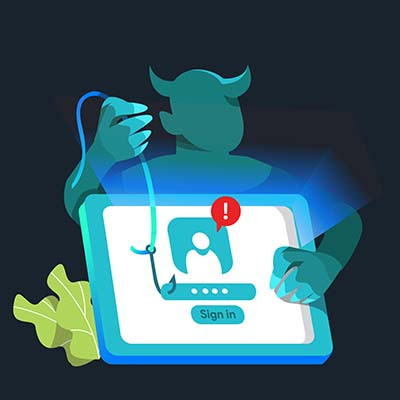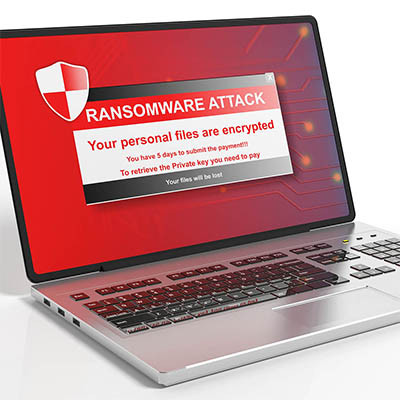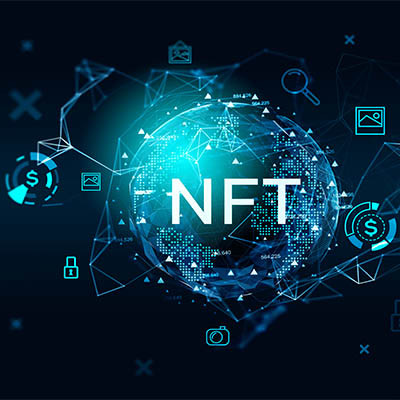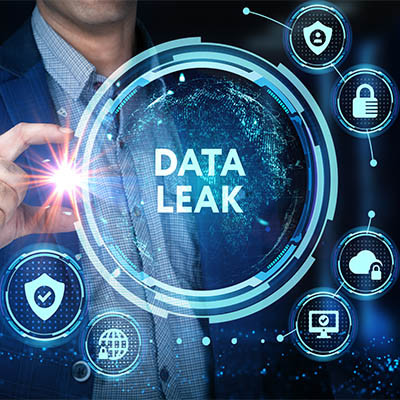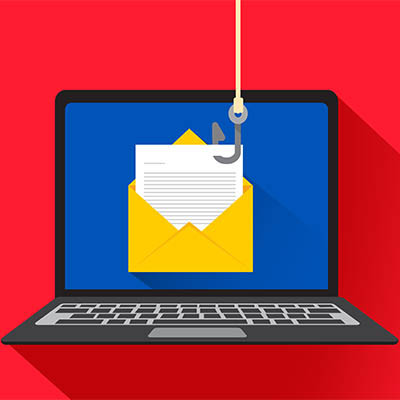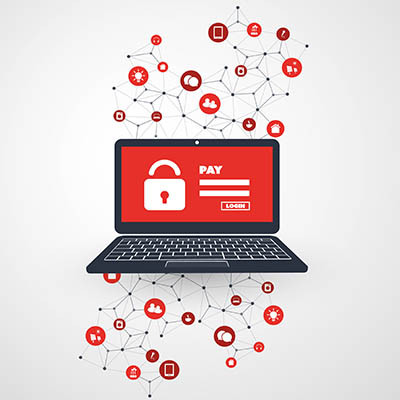While we're big proponents of cloud services, including those used for data storage, it is important to point out that it isn't just a matter of having a cloud. Whether you're using your cloud storage as your business' primary data storage or simply using it as a backup, part of your considerations needs to be whether or not your cloud storage remains secure.
Phantom Technology Solutions Blog
Using email to trick users is something that hackers have done for ages, but they usually find themselves tucked away in the spam folder where they belong, or blocked entirely by enterprise-level content filters. Hackers, however, are a crafty lot, and they have discovered ways to break through these measures through the use of a surprising third party: social media websites.
All businesses must make securing their infrastructures and reinforcing cybersecurity practices a priority, especially as we move into the new year. This is a concept that involves securing the network, infrastructure, and data from the countless threats out there. Here are three of the most important issues to keep in mind when building your cybersecurity strategy for the new year.
While considering cybercrime, it’s very easy to slip into a dichotomy: hackers are bad, while not-hackers are good. Like most things in life, however, the truth is that there is a spectrum to cybercrime. Let’s take a few moments to consider a few different types of hackers, and the hats that their roles determine they wear.
Some businesses struggle to obtain the appropriate software solutions, especially if they are on a budget. Some even choose to take advantage of free, open-source software simply because it helps their bottom line. There are some benefits to using open-source software, but there are also dangers involved.
It’s the holiday season, and with it comes a multitude of hackers trying to cash in on everyone’s online purchases. These phishing scams always increase when the holiday season comes around, so it’s best to stay vigilant so that you don’t give yourself the gift of sadness this year. One such threat is already here, and it’s voice spoofing of Amazon orders.
Network security is not the easiest thing to implement for your business, and you definitely need someone trained in this topic to be the one behind the wheel. Thankfully, the correct solutions can make this much easier to pull off. Here are some of the best and most important security solutions you should be considering for your organization.
Phishing scams have been around for a long time, and they have only grown more convincing and more dangerous. Some businesses can’t even tell the difference between phishing scams and legitimate messages! How can your organization take the fight to phishing emails? It all starts with knowing what to look out for.
Do you remember the series of high-profile infrastructure attacks that occurred not so long ago this year? Well, now the United States government is taking matters into its own hands by ordering the patching of various vulnerabilities in affected systems. It’s a massive effort to thwart hackers and other cyberthreats from taking root in vulnerable systems.
Smart devices have enabled individuals and businesses to push the limits of connectivity, allowing them to have unprecedented amounts of control over their offices and homes. People can turn down their thermostats or lock the front door with the click of a button, as well as control how much power their homes consume. However, security is a pain point for these types of connected devices.
The primary difference between an enterprise and a small or medium-sized business is simply how big it is. Due to this size, many of the tools used by enterprises are so powerful and dynamic that they can easily be used by businesses much smaller. Let’s take a look at what some of these technologies and processes are.
At the heart of it, cybersecurity preparedness is a team effort, not necessarily a singular one. Everyone must be aware of and engaged in cybersecurity best practices. As such, training is a necessity. To help you ensure that your cybersecurity training is as effective as possible, we’ve put together a couple of curriculum design tips and tricks to keep in mind.
Incorrect configurations on your infrastructure’s hardware are surprisingly easy mistakes to make, and even worse, they can have severe security ramifications if they are not discovered promptly. It can happen to anyone, as evidenced by a recent data leak. One of the most popular software developers out there, Microsoft, made a pretty nasty blunder with one particular setting that led to a huge data leak that could have exposed millions of records.
These days, if you are not taking cybersecurity seriously, then you are waiting for something bad to happen that could potentially destroy your business for good. While the number of threats out there has increased significantly over the past couple of decades, so too has the number of powerful security options out there. In fact, one way that you can leverage these solutions to your advantage is to use “self-healing” security software, the concept for which is pretty neat.
Phishing attacks are a major problem that all businesses must be prepared to handle. Sometimes it comes in the form of messages or web pages designed to steal information from your employees, but other times it might come in the form of phone calls asking for IP addresses or network credentials under the guise of your IT department. It’s especially important that your staff members understand how to identify these tricks, and it all starts with phishing training.
A new ransomware threat has surfaced, this time targeting unpatched and end-of-life products in SonicWall’s line of Secure Mobile Access (SMA) 100 series and Secure Remote Access (SRA) products. The threat is currently being exploited in the wild, so if you utilize these devices in your business, it is your responsibility to take action to mitigate damages caused by these ransomware attacks now.

